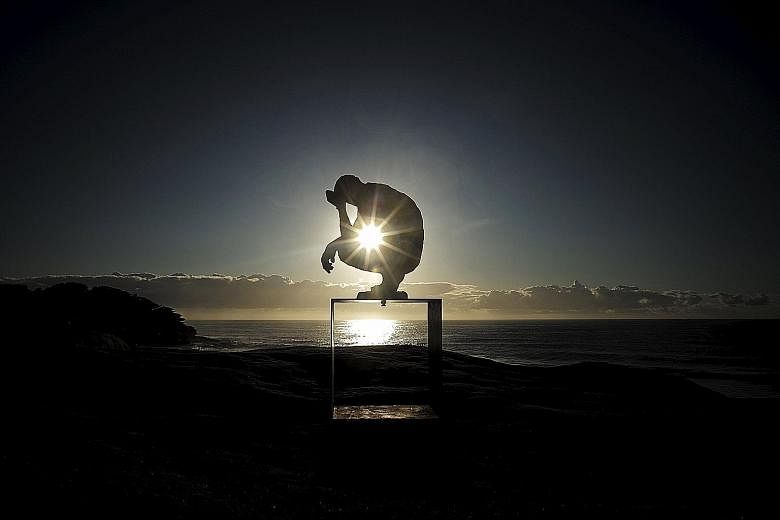NEW YORK • Hurricane Patricia was a surprise. The eastern Pacific hurricane strengthened explosively before hitting the coast of Mexico on Oct 23, far exceeding projections of scientists.
And while the storm's strength dissipated quickly, a question remained: What made it such a monster? Theories included climate change and El Nino.
The interplay of different kinds of warming going on in the Pacific can be difficult to sort out and attributing a weather event to a single cause is unrealistic. Dr Gabriel Vecchi, head of the climate variations and predictability group at the National Oceanic and Atmospheric Administration, likened the challenge to the board game Cluedo.
"There are all these suspects and we have them all in the room right now," he said. "The key is to go and systematically figure out who was where and when, so we can exclude people or phenomena."
At the moment, the world's largest ocean is a troublesome place, creating storms and causing problems for people and marine life across the Pacific Rim and beyond. A partial list includes the strong El Nino system and a persistent zone of warm water off the North American coast, wryly called "the Blob".
And a longer-term cycle, the Pacific Decadal Oscillation, may be switching from cool to warm phase.
On top of all that is the progress of climate change, caused by the accumulation of greenhouse gases generated by human activity.
Each of these phenomena operates on a different timescale but, for now, they appear to be synchronised, like a clock's second hand, minute hand and hour hand lining up at midnight.
Although they interact, each is blamed for specific problems.
The Blob has been associated with the unusually dry and warm weather in the western US. In the ocean, the nutrient-poor warmer waters of the Blob are disrupting the food web of marine life.
Some species of fish are showing up where they are not expected, including tropical sunfish off the Alaska coast, and emaciated sea lion pups and Guadalupe fur seals on California shores.
The warm water has also been linked to unprecedented harmful algal blooms that have rendered shellfish toxic and shut down shellfish fisheries in Washington, Oregon and California.
The unusually strong El Nino weather pattern, in which the ocean's surface warms and releases immense amounts of heat into the atmosphere, has drawn more attention. El Nino's effects have been linked to drought in Australia and the peat fires in Indonesia.
The Pacific oscillation is a long period of relatively cooler or warmer water. Since about 2000, it has been in a cool state.
Now, however, the oscillation appears to be entering a warming phase, said Dr Gerald Meehl from the National Centre for Atmospheric Research.
He said the oscillation and El Nino "can all add together to give you a really big shift" towards warming, just as 2015 is on track to be the hottest year in the historical record.
Weeks away from the crucial Paris conference on climate change, French President Francois Hollande, the host, said yesterday that a goal of capping warming at 2 deg C over pre-Industrial Revolution levels was still "possible, not certain".
NEW YORK TIMES, AGENCE FRANCE-PRESSE

